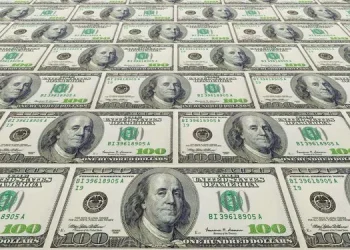The USD/CAD pair continues to face downward pressure for the second consecutive session, trading around 1.3820 during Tuesday’s Asian trading hours. The pair weakens as the Canadian Dollar (CAD) gains modestly, buoyed by early results from Canada’s federal election.
According to projections from CTV News and CBC, Canada’s ruling Liberal Party has retained power following Monday’s election, though it remains unclear whether they will secure a majority. Prime Minister Mark Carney had aimed for a strong mandate to manage US President Donald Trump’s tariffs and threats regarding annexation. However, CBC reported that the Liberals have yet to win the 172 seats needed for a majority in the 343-seat House of Commons.
The final election outcome may take some time to confirm, particularly as results from British Columbia, where polls closed last, could be crucial. Meanwhile, the Conservative Party, which is right-leaning, showed stronger-than-expected performance, calling for a change after more than nine years of Liberal leadership. Should Carney lead a minority government, he will need to negotiate with other parties to maintain power, a scenario that historically results in Canadian governments lasting no longer than 2.5 years.
Despite the CAD’s strength, further downside for USD/CAD could be limited by the broader resilience of the US Dollar. The USD finds support amid signs of easing US-China trade tensions. President Trump signaled a willingness to roll back tariffs on China, while Beijing announced tariff exemptions for certain US goods, raising hopes that the protracted trade conflict between the two largest economies might be nearing an end.
Trump confirmed progress in trade discussions and noted that he had communicated with Chinese President Xi Jinping. However, a spokesperson from the Chinese embassy denied any ongoing negotiations, stating, “China and the US are not having any consultation or negotiation on tariffs,” and urged Washington to “stop creating confusion.”
Related Topics:

























